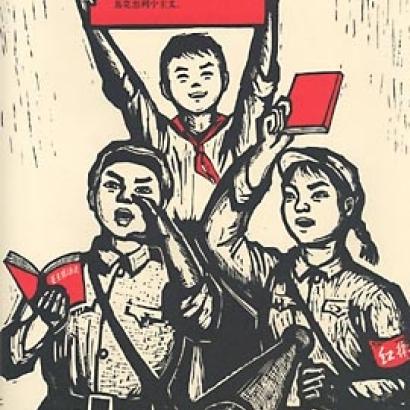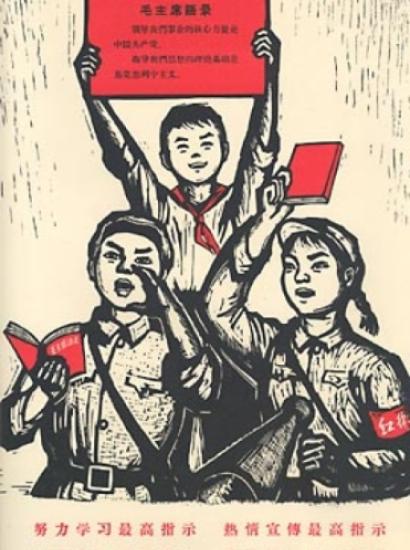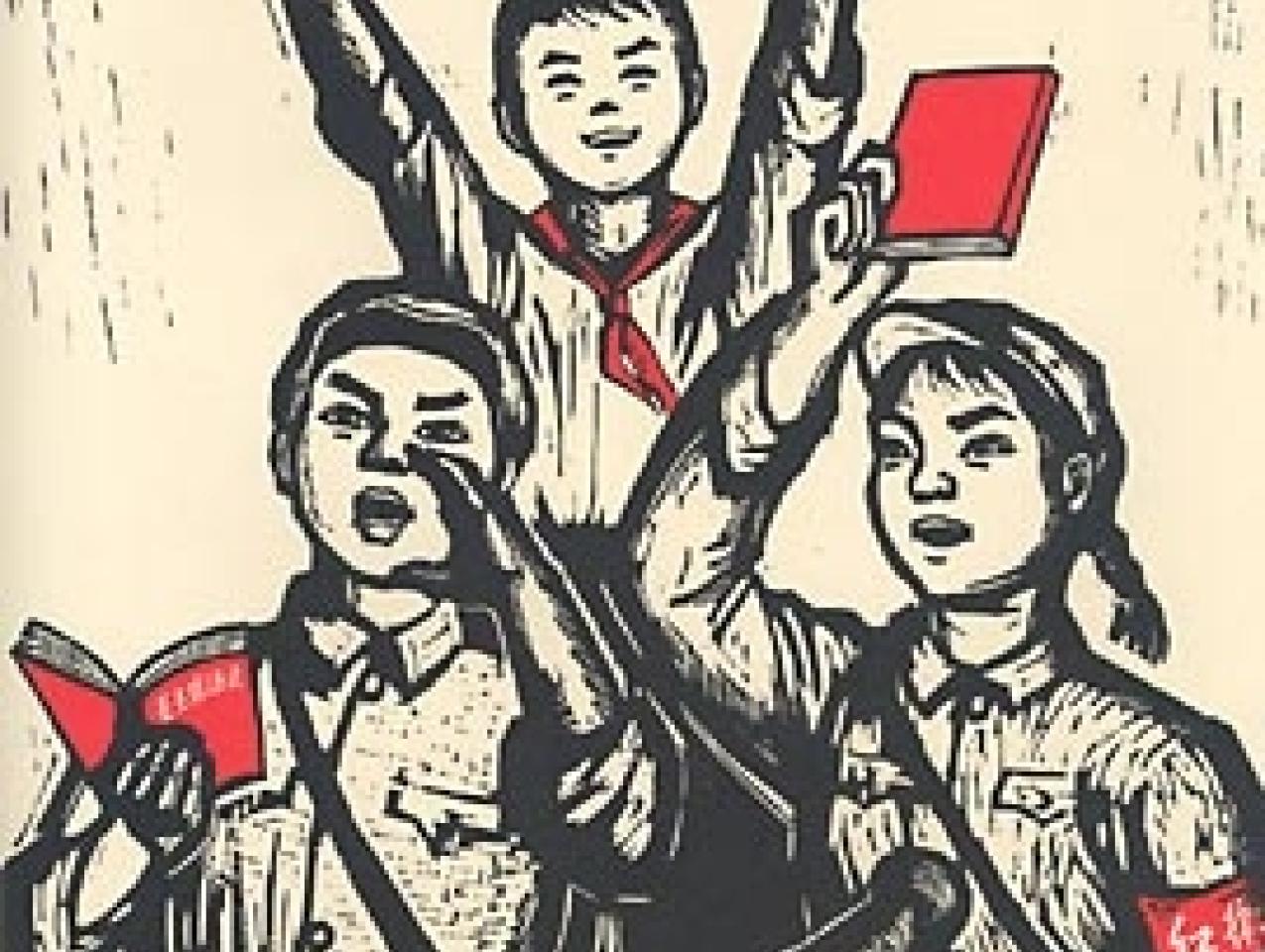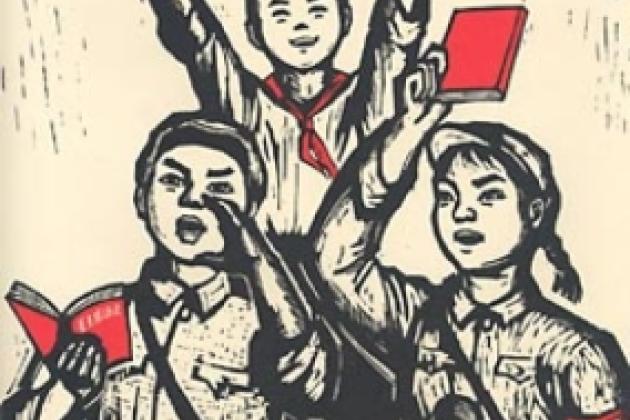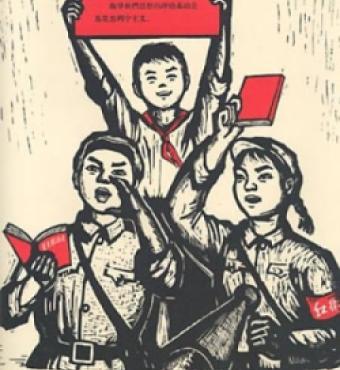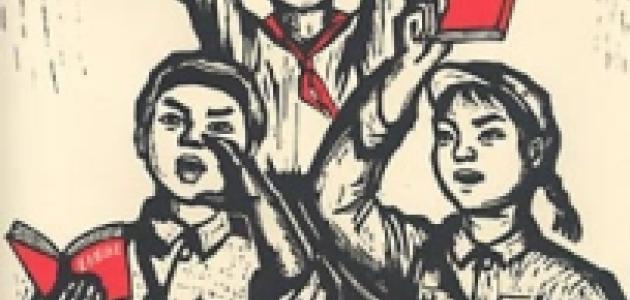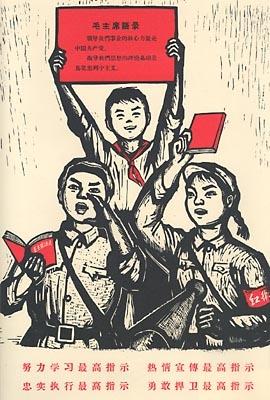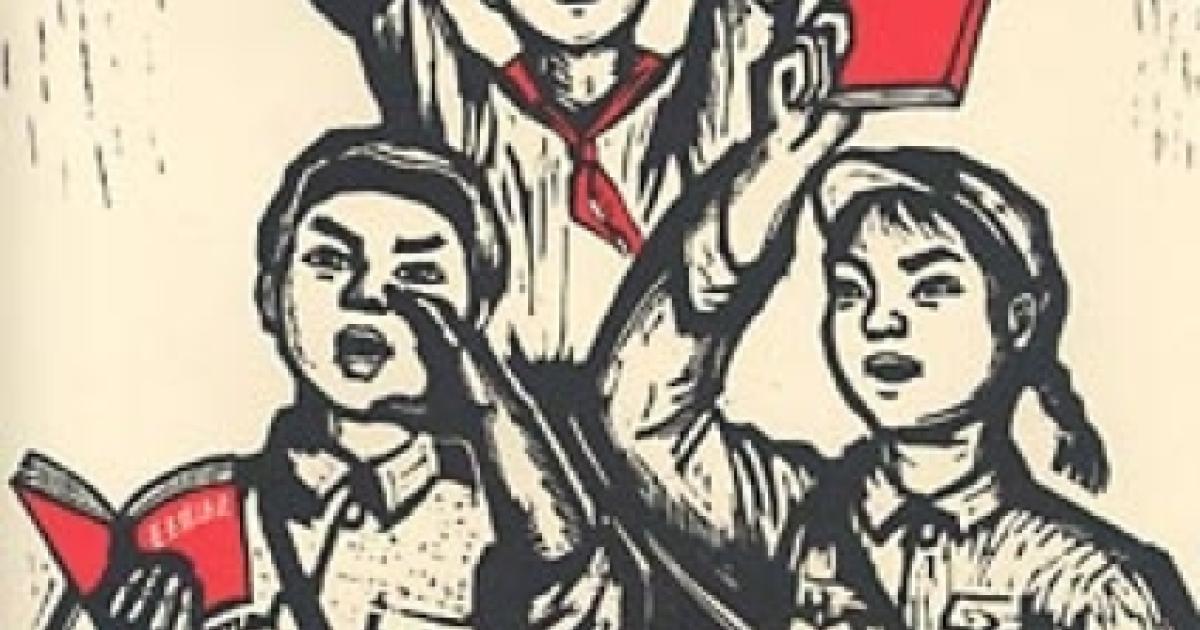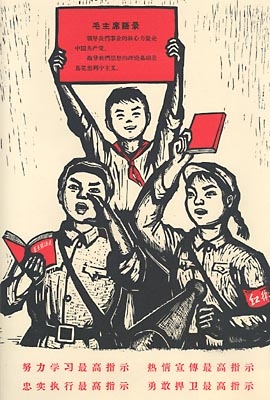
The Chinese Cultural Revolution (1966–76), as Harvard scholar Roderick MacFarquhar has pointed out, was a watershed event in the history of the People's Republic of China, the defining decade of half a century of communist rule. Before 1966, China was a typical communist state, with a command economy and a powerful party able to keep the population under control. But during the Cultural Revolution, in a move unprecedented in any communist country, Mao Zedong unleashed the Red Guards against the party. Tens of thousands of officials were humiliated, tortured, and killed. Order had to be restored by the military, whose methods were often equally brutal.
The incremental materials contain documents relating to revolutionary activities in the Beijing and Shanghai areas and Mao Zedong’s directives to party members and the Red Guards against his political rivals, notably the former chairman of the People’s Republic, Liu Shaoqi, and Liu’s wife, Wang Guangmei. These materials provide a rare glimpse into the severe internal power struggles among top communist leaders at the height of the revolution. Their accessibility at Hoover will strengthen scholars’ understanding of the nature of that revolution.




